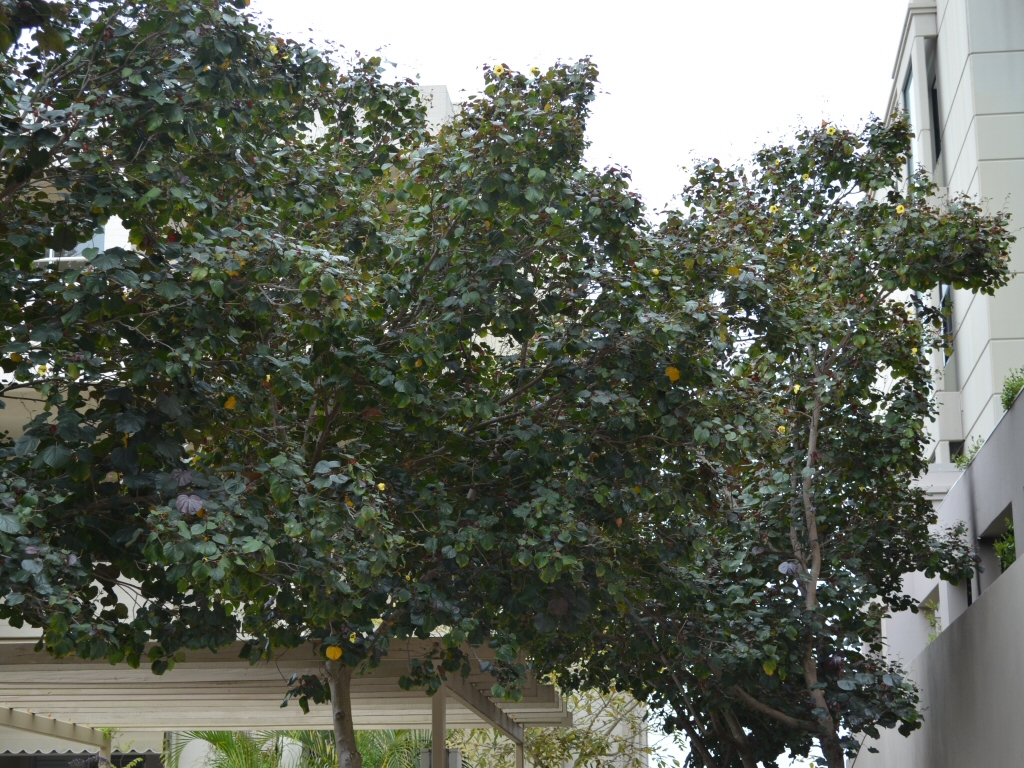A small to medium tree, native to coastal areas of Australia, South East Asia and the South Pacific, this species is very well suited to coastal environments as it tolerates salinity and waterlogging, and can grow in a variety of coastal sands and soils. It is a great plant for many situations, particularly where other plants may not thrive. Perfect as a windbreak, shade plant or screen in coastal areas as it can bear the full brunt of salt and exposure. It can also be grown in poorly draining soils and with bore water. A fast growing tree, it is great for landscaping and can be made into a bonsai. Pruning is necessary to achieve desired size and shape.
Sports handsome dark green foliage and blooms prolifically with bright yellow flowers in summer.
This plant has a variety of uses. The wood is used for boats, as firewood and as carving wood. The plant is popular for bonsai in Taiwan and other Asian countries. The leaves are used for fermenting soy into tempeh in Indonesia, and young shoots are eaten as a vegetable.
Hibiscus tiliaceus – Sea Hibiscus

Family : Malvaceae
Cultivar Name:
Plant Type : Small tree, Large tree
Width : 4
Flowering Time : Summer
Soil Type : Sandy, Loamy, Sandy loam, Potting mix, Poor soil
Climate Zone : Tropical, Sub-tropical, Warm temperate, Cool temperate, Mediterranean
Growth Habit : Evergreen, Dense foliage
Soil Moisture : Well-drained, Moist moderate drainage
Special Uses : Edible, Bonsai, Erosion control, Fast growing
Scientific Name: Hibiscus tiliaceus
Common Name : Sea Hibiscus
Height : 8
Flower Color : Yellow
pH Level : Acid, Neutral, Alkaline
Plant Environment : Low maintenance garden, Container growing, Flower garden, Coastal garden, Drought resistant
Light : Sunny, Light shade
Lifespan : Perennial
Frost Tolerance : Tolerates light frost
Attracts Wildlife : Other insects
